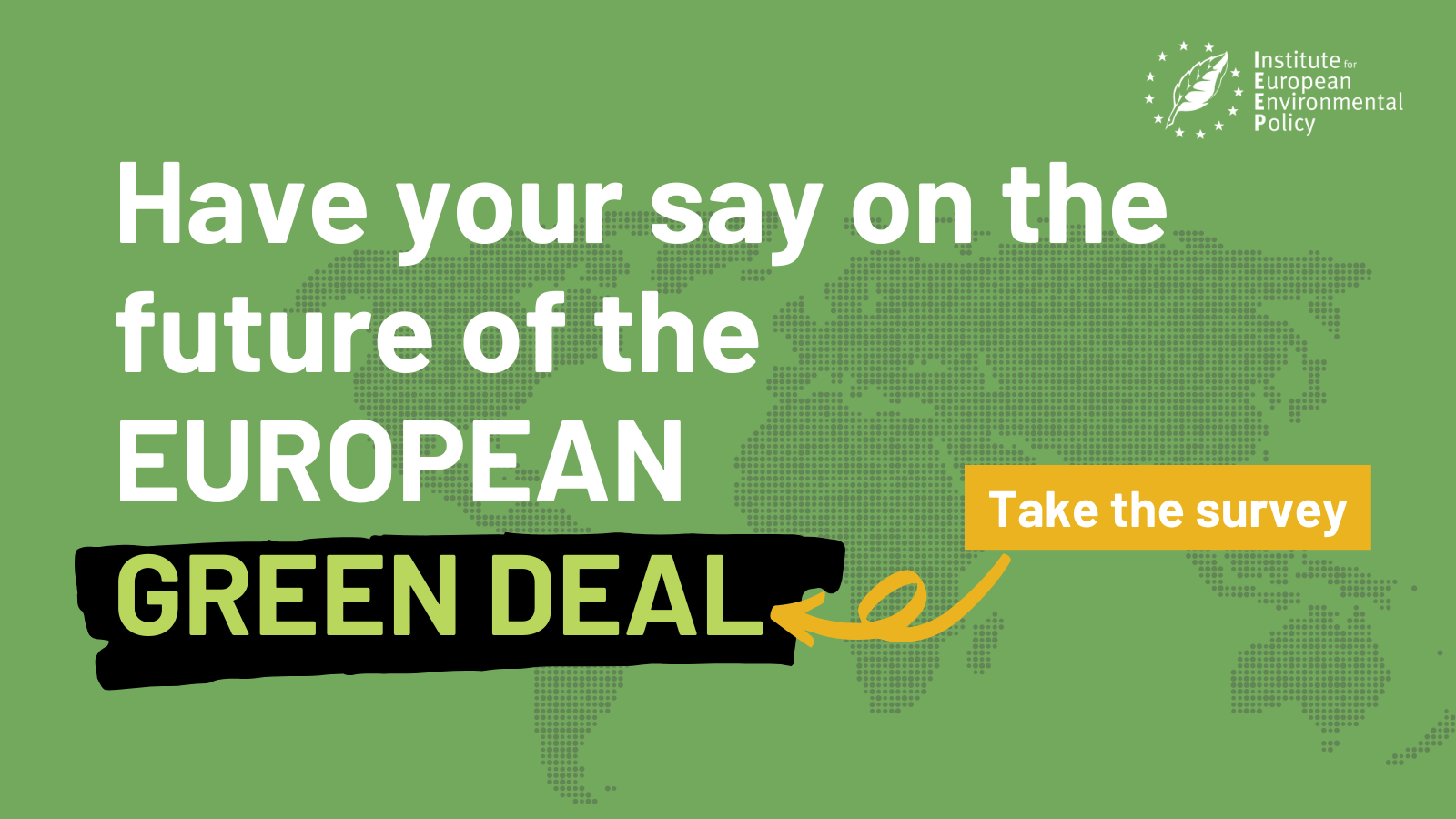AUTHORS: Eline Blot – Thorfinn Stainforth
The European Commission proposed a zero-emission road mobility target for 2035 to reduce emissions produced by new passenger cars by 100% compared to 2021. Electric vehicles (EVs) are set to play a key role in decarbonising EU road transport, however, the net-zero transition will have implications for the EU’s material demand and waste generation.
The demand for EVs is expected to increase significantly following the Commission’s Mobility Strategy setting a target of 30 million EVs by 2030 in parallel with the new car emissions standards set to effectively phase out internal combustion engines by 2035. While these developments are positive regarding CO2 emissions reduction and a reduction in demand for oil extraction and processing, there are important implications in terms of material consumption patterns, i.e., the sourcing of raw materials for the production of a new fleet of EVs, as well as the waste materials generated from ICE vehicles deemed no longer “up to code”.
This briefing estimates that more than 227 megatonnes of key materials would be necessary to fully electrify the EU’s current passenger car fleet, roughly 3.5% of the EU’s total raw material consumption in 2019. Although headed towards circularity, the EU is unable to meet the sheer number of materials demanded for this transition on its own. Therefore, in addition to new and revised policies for circular vehicles and batteries, the EU must promote the switch to alternative forms of mobility, to curb the growing demand for materials. At the same time, the EU should be mindful of the social and environmental spillovers that may materialise in and outside the EU. This could happen due to the implementation of certain circular economy policies concerning the transition to net-zero road transport.
The following policy recommendations highlight how to maximise the benefits of the circular transition to a net-zero road transport, while minimising the negative outcomes:
- Reduce absolute material demand with policies supporting alternative mobility options such as the new European Urban Mobility Framework promoting public transport, car sharing, cycling and walking.
- Mitigate risks in relevant sectors by preparing for the shifting needs of employment within the automotive sector through the means of reskilling and retraining.
- Support economic opportunities highlighting the potential increase in employment in the recycling sectors for batteries, aluminium and End-of-Life vehicles (ELVs). Moreover, the EU must ensure the circularity of the lithium-ion battery value chain in order to expand the domestic manufacturing of lithium-ion batteries, as both domestic production and recycling are at early stages.
- Leverage the expertise of the European Batteries Alliance to produce a circular strategy for the entire lithium-ion battery value chain, addressing the need for a reliable supply of lithium, as well as the waste generation and recyclability issues.
- Diversify inputs materials required for future green technologies by researching alternatives such as the sodium-ion battery. Although in its infancy, the sodium-ion battery already has an advantage over the lithium-ion battery regarding resource abundance and a more sustainable extraction process, as well as a safer recycling process.
- Ensure the most ambitious implementation of the revisions of EU Batteries Directive, ELV Directive and the Waste Shipments Directive in coherence with other relevant EU climate, environmental and circular economy policies. Specifically:
- The EU Batteries Directive must address the absolute reduction of material demand by setting criteria for the design, production and recycling of lithium-ion batteries.
- The ELV Directive and Waste Shipments Regulation must establish clear criteria for the export of used cars versus ELVs. Moreover, the Waste Shipments Regulation must define and communicate clearly the requirements recycling facilities abroad must meet in order to continue to import EU waste.
In synergy with the environmental and human rights due diligence legislation, these circular policies must ensure that the EU is not importing goods from the automotive supply chain that have contributed to environmental degradation or human and labour rights violations.
Read the briefing. This briefing is one of a series assessing social and environmental spillovers associated with the EU’s circular transition. It maps out some of the main social and environmental spillovers associated with the transition to a net-zero road transport sector relating to the implementation of revised EU Batteries Directive, End-of-Life Vehicles Directive and the Waste Shipments Regulation.
© Photo by Nastya Dulhiier on Unsplash



